Help Evade Invaders!
By Aline Litt, Science Liaison at the Canadian Council on Invasive Species.
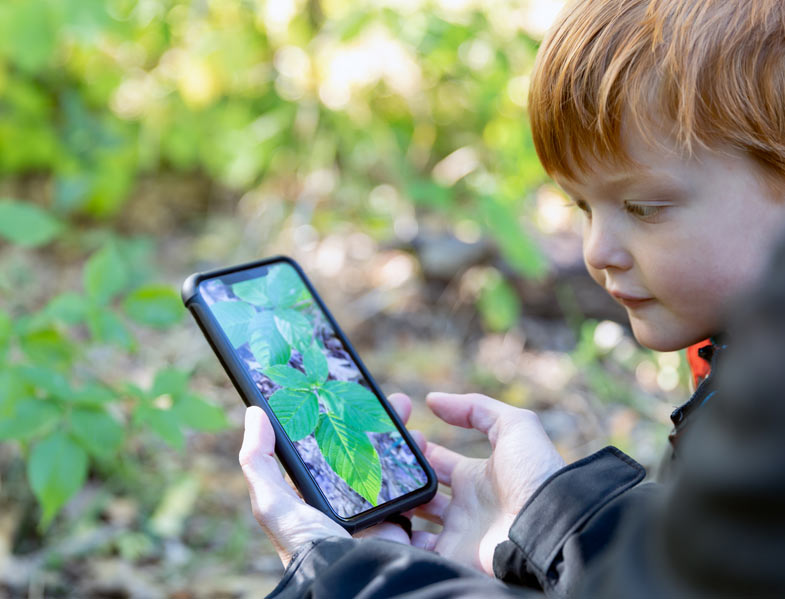
Did you know that many invasions by non-native species are first observed by members of the public?
iNaturalist citizen scientists like you make excellent detectives for early identification of introduced species! For example, the first observation of the invasive Elm Zigzag Sawfly in North America was made by an iNaturalist user in 2020. Their discovery led to a quick response by the Canadian Food Inspection Agency and other iNaturalist users to monitor the distribution of the species in Canada. Early detection of invasive species like the Elm Zigzag Sawfly increases the likelihood of effective management and prevents negative impacts to Canada’s wildlife, economy, and communities.
The I Spy and Identify Invasives project on iNaturalist aims to prevent the introduction, spread, and impacts of invasive species in Canada by building an active network of people connecting with nature across the country. To date, the project has documented over 224,000 observations, of which 29,000 are introduced species in Canada. These observations include well-established invaders like European Starling, but also include recent and less established invaders like the Brown Marmorated Stink Bug and the Emerald Ash Borer.
By joining the project and reporting any plants or animals that you see, you can help us better understand the spread and impacts of invasive species that are already here, or potentially contribute to early detection of a new invasive species. For example, keep an eye out for the Spotted Lanternfly. This invasive insect has not yet been found in Canada, but it may be headed this way from the United States. Spotted Lanternflies feed on sap from a range of trees, including apple, grape, black walnut, maple, and their favourite host, the tree-of-heaven. Their destructive feeding can cause dieback or even death of trees, so this invasive species poses a big threat to native trees and high-valued Canadian industries for wine, fruit trees, and maple syrup. Negative impacts to these industries are already being seen in areas of the United States where Spotted Lanternfly are established. For example, Spotted Lanternflies have inflicted millions of dollars of damage on Pennsylvania’s agriculture and forestry industries and it is estimated that they could cost the economy as much as $324 million per year if they are not contained (Harper et al. 2019). Thankfully, management options for Spotted Lanternflies and other invasive species do exist, but they are much more likely to be effective if we notice and respond to an invasion before a species becomes well established.
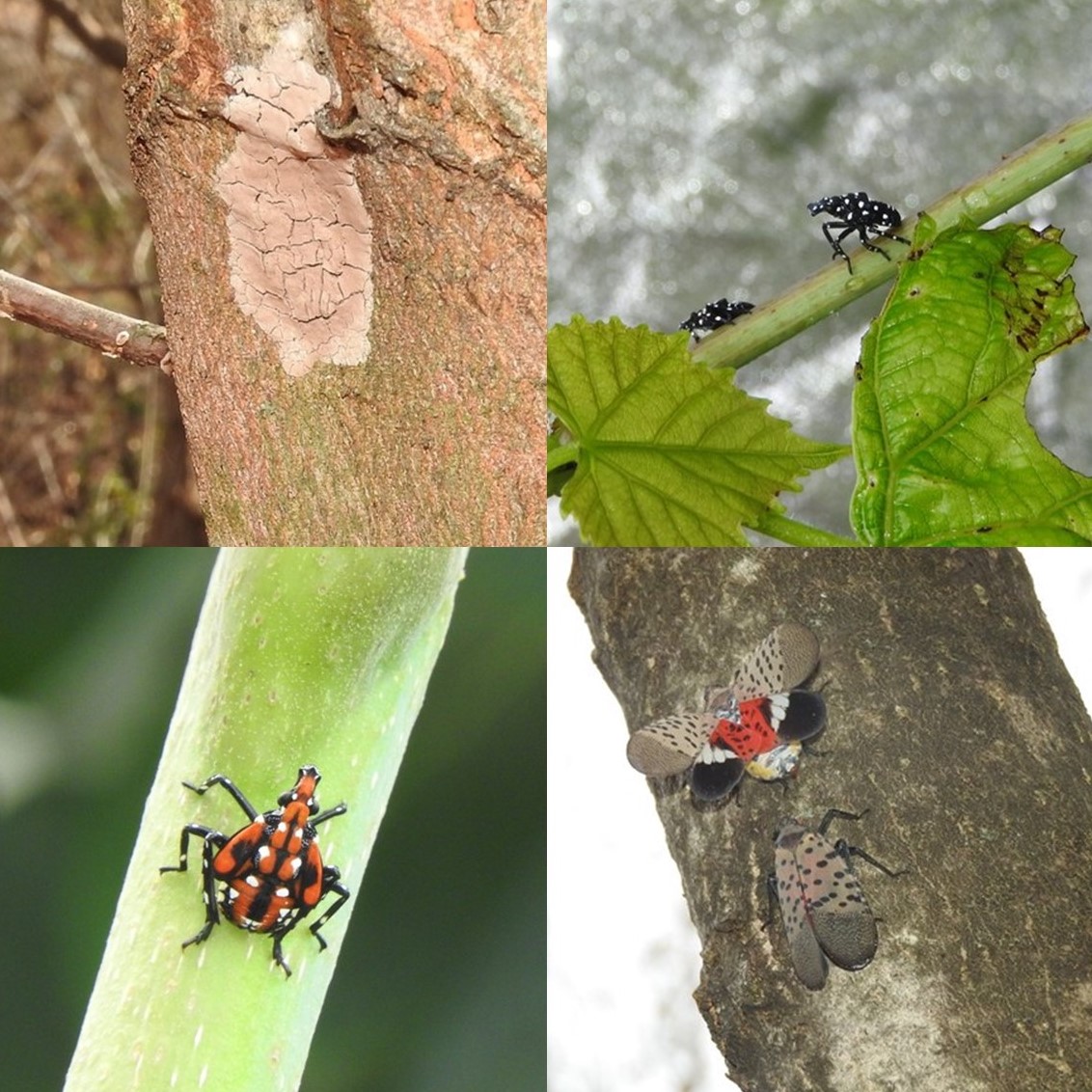
Spotted Lanternfly egg masses, nymphs, and adults. Photos by Richard Gardner, Bugwood.org.
So, join the project today and then get outside and start reporting! Hopefully your observations will feature native species in healthy ecosystems, but you never know, your sidewalk stroll or forest hike might lead to the discovery of something completely new.
Aidez-nous à échapper aux envahisseurs!
Par Aline Litt, agente de liaison scientifique au Conseil canadien sur les espèces envahissantes.

Saviez-vous que de nombreuses invasions d’espèces non indigènes sont d’abord observées par le grand public?
Les citoyens scientifiques d’iNaturalist comme vous sont d’excellents observateurs précoces des espèces introduites! Par exemple, le ravageur envahissant qu’est la tenthrède en zigzag de l’orme a été observé pour la première fois en Amérique du Nord par un utilisateur d’iNaturalist en 2020. Sa découverte a permis une mobilisation rapide de l’Agence canadienne d’inspection des aliments et d’autres utilisateurs d’iNaturalist pour surveiller la répartition de l’espèce au Canada. La détection précoce d’espèces envahissantes comme la tenthrède en zigzag de l’orme permet d’accroître les chances d’efficacité des efforts de gestion de ce problème et de prévenir ses effets négatifs sur la faune, l’économie et les collectivités du Canada.
Le projet Je vois, J’identifie les espèces envahissantes d’iNaturalist vise à prévenir l’introduction, la propagation et les effets d’espèces envahissantes au Canada en établissant un réseau actif de personnes en contact avec la nature partout au pays. À ce jour, le projet a permis de documenter plus de 224 000 observations, dont 29 000 relatives à des espèces introduites au Canada. Ces observations portent aussi bien sur des envahisseurs bien établis comme l’étourneau sansonnet que des envahisseurs récents et moins établis comme la punaise marbrée et l’agrile du frêne.
En vous joignant au projet et en signalant les plantes ou les animaux que vous observez, vous pouvez nous aider à mieux comprendre la propagation et les effets des espèces envahissantes qui sont déjà présentes, ou éventuellement contribuer à la détection précoce d’une nouvelle espèce envahissante. Par exemple, faites attention au fulgore tacheté. Cet insecte envahissant n’a pas encore été observé au Canada, mais il pourrait s’y introduire depuis les États-Unis. Les fulgores tachetés se nourrissent de sève provenant de divers arbres, dont le pommier, la vigne, le noyer noir, l’érable et leur hôte préféré, l’ailante glanduleux. Leur alimentation destructrice peut causer le dépérissement de la cime des arbres, voire même leur mort, de sorte que cette espèce envahissante représente une menace importante pour les arbres indigènes et les industries canadiennes de grande valeur que sont le vin, les arbres fruitiers et le sirop d’érable. Des répercussions négatives sur ces industries sont déjà observées dans les régions des États-Unis où l’espèce est établie. Par exemple, les fulgores tachetés ont causé des millions de dollars de pertes aux industries agricoles et forestières de la Pennsylvanie et on estime qu’elles pourraient coûter à l’économie jusqu’à 324 millions de dollars par année si cette espèce n’est pas enrayée (Harper et coll. 2019). Heureusement, il existe des solutions de gestion des fulgores tachetés et d’autres espèces envahissantes, mais elles sont beaucoup plus susceptibles d’être efficaces si nous détectons une invasion et y réagissons avant qu’une espèce ne soit bien établie.

Dépôts d’œufs, nymphes et fulgores tachetés adultes. Photos de Richard Gardner, Bugwood.org.
Rejoignez donc le projet dès aujourd’hui, puis sortez et commencez à effectuer des signalements! Nous espérons que vos observations porteront sur des espèces indigènes vivant dans des écosystèmes sains, mais on ne sait jamais, votre balade urbaine ou votre randonnée en forêt pourrait vous faire découvrir quelque chose de complètement nouveau.

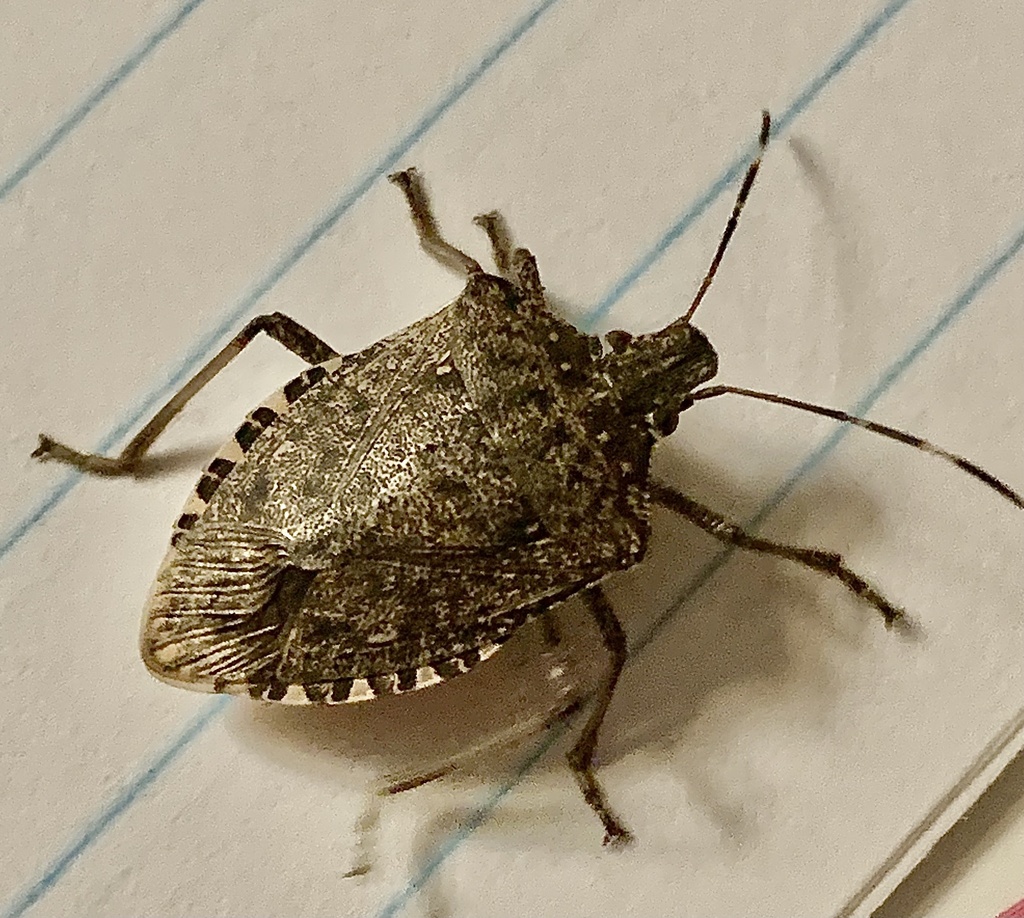

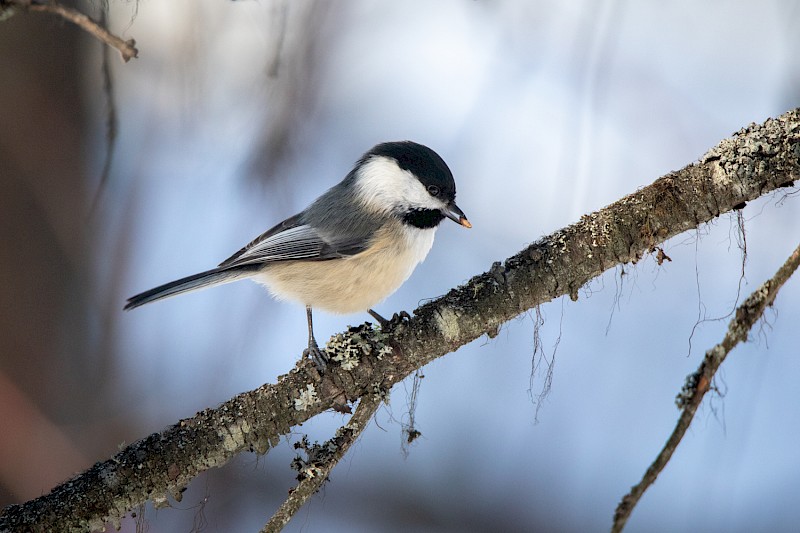
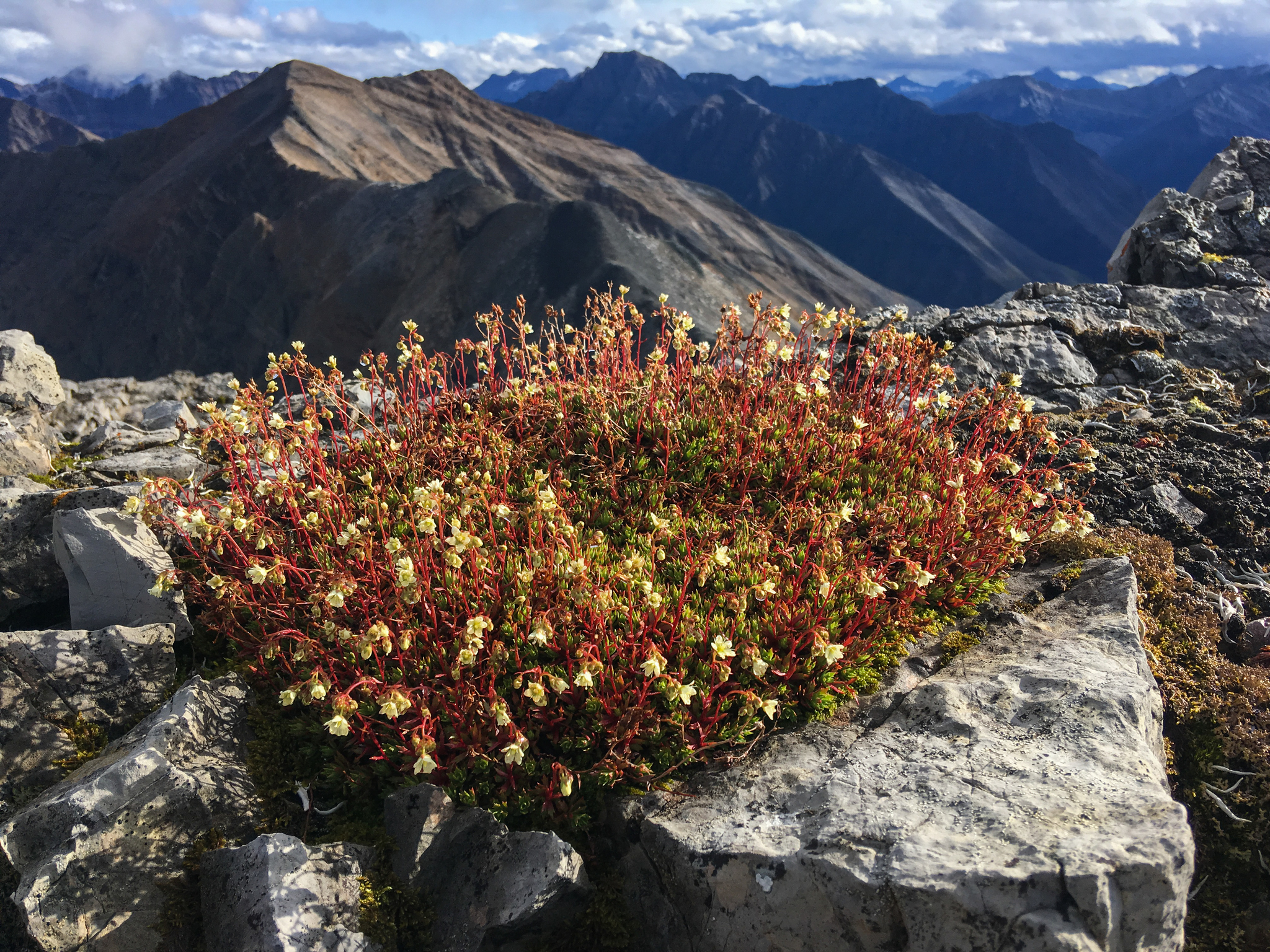 Photo: Prickly Saxifrage (Saxifraga tricuspidata) in Stone Mountain Provincial Park by Jason Headley, BC Parks iNaturalist Project
Photo: Prickly Saxifrage (Saxifraga tricuspidata) in Stone Mountain Provincial Park by Jason Headley, BC Parks iNaturalist Project
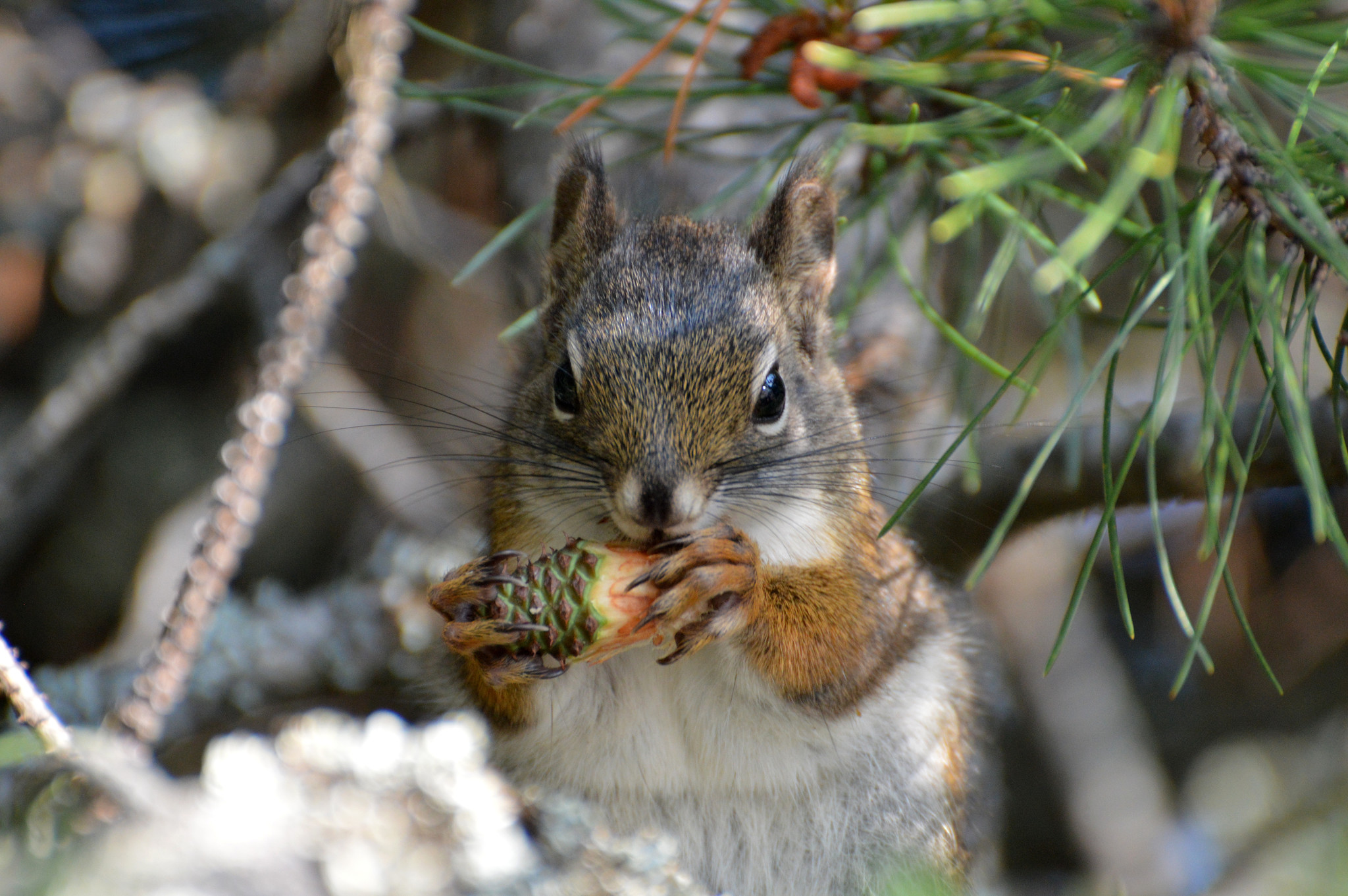 Photo: American red squirrel in Kokanee Provincial Park by Robby Deans, BC Parks iNaturalist Project
Photo: American red squirrel in Kokanee Provincial Park by Robby Deans, BC Parks iNaturalist Project
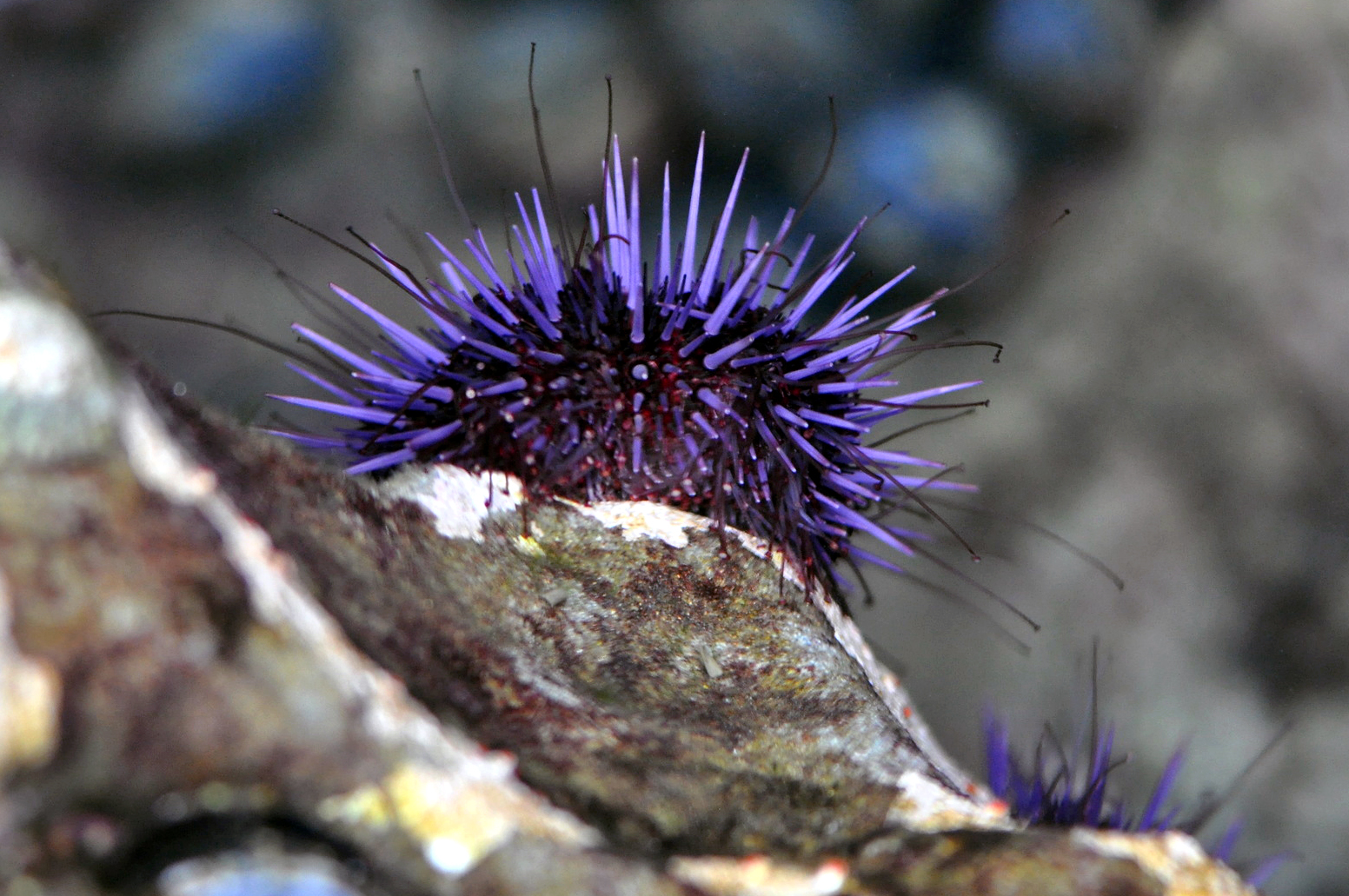 Photo: Purple urchin in Juan de Fuca Provincial Park by Geneviève Reynolds, BC Parks iNaturalist Project
Photo: Purple urchin in Juan de Fuca Provincial Park by Geneviève Reynolds, BC Parks iNaturalist Project




